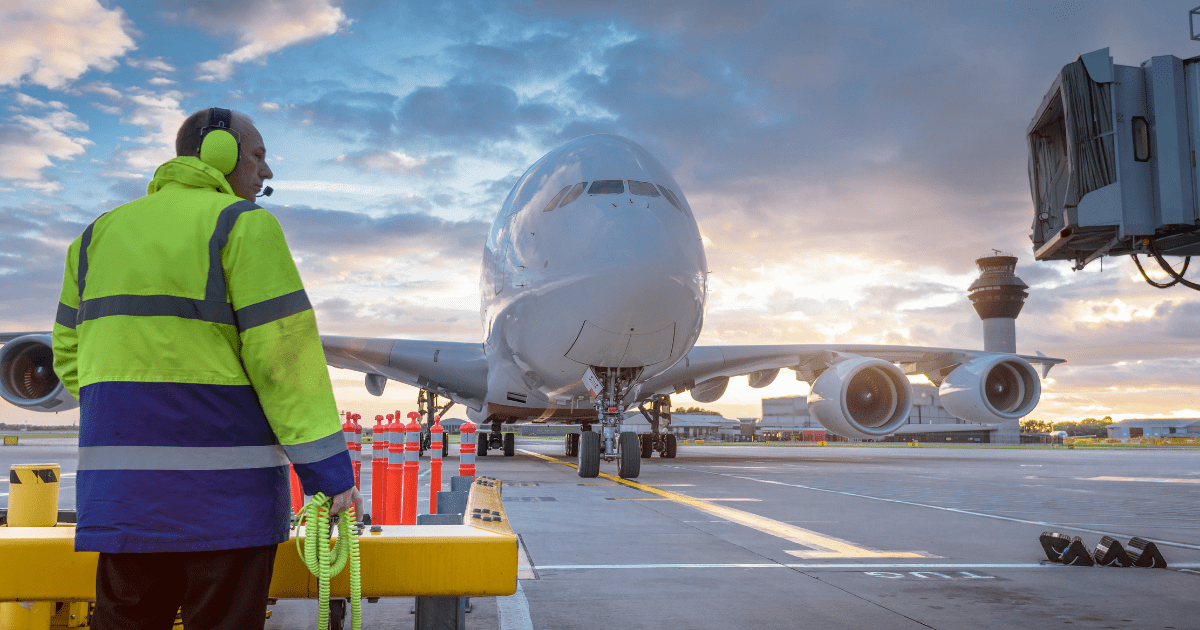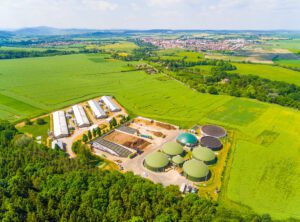The world is witnessing a huge spike in awareness of the pollution caused by the aviation industry. Over many years of innovation in technology for new sustainable fuel alternatives, sustainable aviation fuel has become one of the best alternatives to fossil jet fuel which emits a large number of pollutants into the atmosphere.
It is getting a lot of attention from avid aviation watchers because the use of such alternative fuels is critical to helping the aviation industry reach its sustainable goals. Many airlines are now collectively committed to emissions control. In this venture, sustainable fuel has been recognized as one of the key factors. This article will describe sustainability and highlight some important things to know about the above-mentioned topic.
What is Sustainable Aviation Fuel?
Sustainable aviation fuel is a type of biofuel[1] used to fuel aviation. It is made from sustainable feedstocks and is quite similar in its chemical composition to fossil jet fuel; the only difference is the harmful emissions. It is a sustainable fuel source and does not emit harmful carbon emissions. Non-oil palm waste from animals or plants, cooking oil, and solid waste such as paper, textiles, and food scraps are some of the most typical feedstocks used in its production. Wood waste, energy crops and other forestry waste are also secondary sources of this biofuel.
This type of fuel is one of the most sustainable forms of fuel for the aviation industry, and this is because it can be sourced in a way which is in line with the socio-economic and environmental goals that preserve the ecological balance by avoiding the depletion of natural resources. SAF can be mixed with traditional fuel with a 50:50 ratio. This blend is reclassified as Jet A or Jet A-1. This blend has the same properties as traditional fuels and does not require any changes in the fueling infrastructure.

Why is Sustainable Aviation Fuel Important?
Sustainable aviation fuel is imperative in reducing GHG emissions. It can bring these emissions down up to 80%. SAF has become an important aspect of the aviation industry because it can be used as a direct replacement for jet fuel since they are quite similar in their chemical composition. Replacing jet fuel with sustainable fuel requires no additional investment either because it is compatible with the existing jet engines and fueling infrastructure. Jet fuels[2] are extremely energy dense, which has enabled commercial flight.
Currently, there aren’t any other viable alternatives to jet fuel except for this sustainable fuel we’re talking about. A one-way flight between London and San Francisco has a carbon footprint per economy ticket of approximately 1 ton of CO2. Since the aviation industry is doubling its passengers by 2050, it is essential that authorities take crucial steps to reduce its carbon emissions. Sustainable aviation fuel is one way in which the aviation industry can achieve its sustainable goals.
5 Things to Know About Sustainable Aviation Fuel
Even though this sustainable fuel is one of the most important factors in realizing the sustainability goals of the aviation industry, it is still in its early stages of inclusivity in the aviation industry. This could be because of its high cost and unawareness of this biofuel.
Here are 5 things to know about sustainable fuel:
- It is a liquid and cleaner substitute for fossil kerosene and is produced from sustainable sources. These sustainable sources are oils from biological waste and agricultural residue.
- It is a perfect replacement for fossil fuels, which makes it a perfect drop-in fuel. When neat SAF is blended with fossil kerosene, it acquires the same characteristics as Jet A1 fuel and requires no extensive changes in the aviation infrastructure.
- It can be produced in multiple ways. Various technologies can help transform various types of biomasses into fossil kerosene. As of now, there are eight different technology platforms which are certified to produce Sustainable aviation fuel.
- It has a long way to go regarding its adoption in the aviation industry. The market demand for Sustainable aviation fuel is still much less when compared to jet fuel consumption. This is because there are not enough SAF production plants.
- The ‘green premium’ is the biggest challenge that comes in the way of the adoption of SAF. The gap between fossil kerosene prices and SAF prices is a major factor behind its lack of adoption.
Reaching Sustainability Goals in the Aviation Industry
It has become extremely important for leaders all over the world to take charge of promoting sustainable aviation fuel. This transition from jet fuels to SAF is critical in realizing the sustainable goals of the aviation industry. Apart from sustainable aviation fuel, there are other ways of including sustainable practices for this industry.
At Schneider Electric, our clients in the aviation industry enjoy streamlined and optimized processes made possible through EcoStruxure. As one of the leading forces in the digital transformation of energy management and automation, Schneider Electric allows smart airports to create a collaborative digital environment and make airports more sustainable and reduce their carbon footprint. Ecostruxure for smart airports prepares our clients to become headstrong and face the challenges of the future with our solutions.



